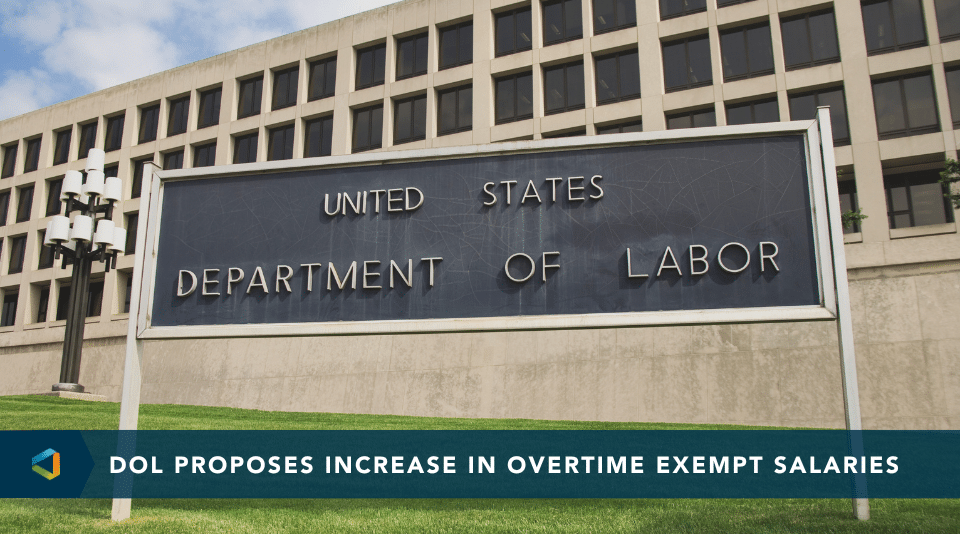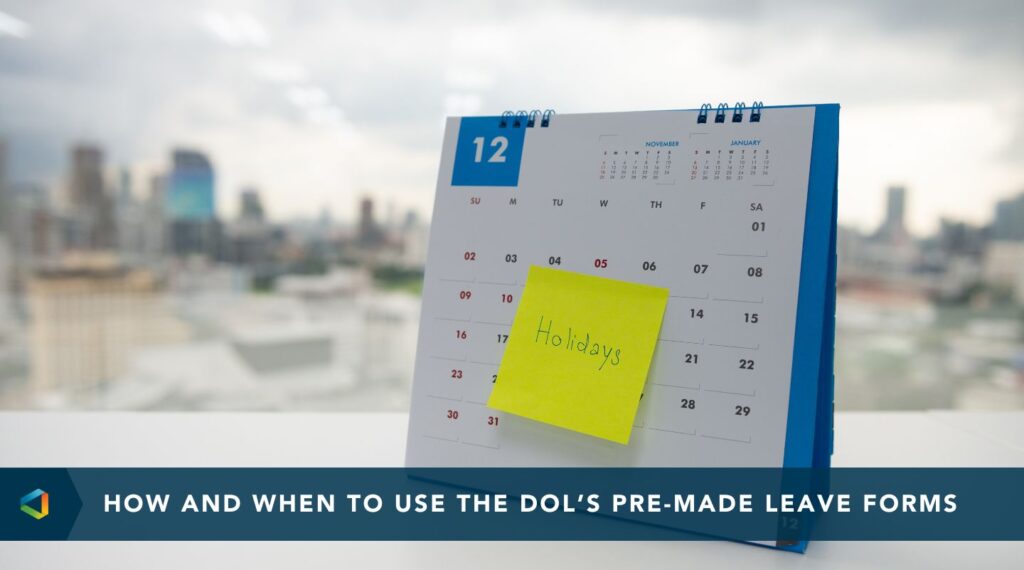Compliance Confidence
NY Federal Court Strikes Down Key Provisions of DOL Rule Regarding FFCRA Paid Sick and Expanded FMLA Leave
NY Federal Court Strikes Down Key Provisions of DOL Rule Regarding FFCRA Paid Sick and Expanded FMLA Leave
When the U.S. Department of Labor (DOL) issued its Final Rule implementing the Families First Coronavirus Response Act (FFCRA), the State of New York filed suit against the DOL claiming that parts of the Final Rule exceeded the DOL’s authority. As a result, the federal district court judge recently invalidated parts of the Final Rule.
-
Emergency Paid Sick Leave (EPSL)
and emergency family and medical leave (EFMLA) under the FFCRA’s Final Rule are only permitted where the employer has work available for the employee, and do not permit benefits where employers do not have work for employees. Further, the work availability requirement only applies to three of the six qualifying reasons for EPSL leave. The court stated that the rule’s language surrounding this point is ambiguous and therefore invalid.
-
Health care providers
may choose not to provide FFCRA benefits. The statutory definition of “health care provider” for purposes of EPSL and EFMLA under the FFCRA is the same as under regular FMLA rules: “(A) a doctor of medicine or osteopathy who is authorized to practice medicine or surgery (as appropriate) by the State in which the doctor practices; or (B) any other person determined by the Secretary to be capable of providing health care services.” Because the Final Rule significantly expands this definition to include those who are not capable of providing healthcare services (e.g., lab technicians and hospital administrators), the court stated that the DOL exceeded its authority in expanding the statutory limitations set forth by Congress.
-
Intermittent leave
under EPSL and EFMLA is permitted where both the employer and employee agree and only for certain qualifying reasons for leave. The court stated that while there is a public safety consideration in prohibiting intermittent leave to prevent viral transmission, there is no rationale for the blanket requirement of employer consent.
-
Prior to taking leave
employees must provide documentation indicating their reason for leave, the duration of the requested leave, and, when relevant, the authority for the isolation or quarantine order qualifying them for leave. The court stated that this is inconsistent with FFCRA requirements for advance notice of leave or notice once leave has started. As a result, the “documentation requirements, to the extent they are a precondition to leave, cannot stand.”
In sum, “[t]he following portions … of the Final Rule [were] therefore vacated: the work-availability requirement; the definition of “health care provider”; the requirement that an employee secure employer consent for intermittent leave; and … the requirement that the documentation be provided before taking leave. The remainder of the Final Rule, including the outright ban on intermittent leave for certain qualifying reasons and the substance of the documentation requirement, as distinguished from its temporal aspect, stand.
These changes are automatically in effect as a result of the judge’s ruling. However, it is likely that the ruling will be appealed. Even so, it will be at least several months before the Second Circuit Court of Appeal would issue a ruling. In the meantime, the DOL may modify the emergency regulations to better withstand judicial scrutiny.
Until then, the statutory provisions of the FFCRA remain in full effect. Specifically, FFCRA benefits must still be afforded to employees going forward; however, they may now need to be provided to employees who are unable to work due to qualifying COVID-19 related reasons, regardless of whether the employer has work available (e.g., furloughed employees). Healthcare providers may need to provide FFCRA benefits to employees who are not “capable of providing health care services.” Employer consent is not required for intermittent leave in situations where intermittent leave is permitted. Finally, documentation supporting leave is not required before taking FFCRA leave as stated in the Final Rule; however, this will require clarification from the DOL going forward. Notwithstanding, documentation requirements for purposes of receiving tax credits under the FFCRA remain in effect.
Employers should review historical and current requests for FFCRA leave with legal counsel to determine appropriate next steps. As this is an evolving issue, continue to look for updates.
Action Items
- Review and update FFCRA leave processes and procedures for compliance.
- Have managers trained on the changed requirements.
- Consult with legal counsel before denying a request for FFCRA leave.




